Search
Remove Ads
Advertisement
Summary 
Loading AI-generated summary based on World History Encyclopedia articles ...
Search Results
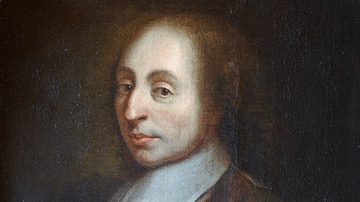
Definition
Blaise Pascal
Blaise Pascal (1623-1662) was a French scientist, mathematician, and philosopher whose work influenced both the Scientific Revolution and later European thought. Pascal is known for his practical achievements in science, such as a calculating...
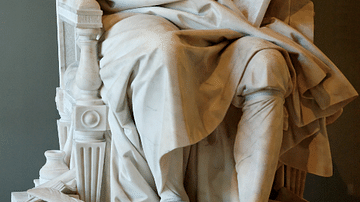
Image
Statue of Pascal, Louvre
A c. 1780 statue by Augustin Pajou of Blaise Pascal (1623-1662), the French scientist, mathematician, and philosopher. Pascal is shown contemplating a mathematical problem involving the cycloid. (Louvre, Paris)

Image
Cleopatra's Nose, Blaise Pascal
“The nose of Cleopatra: if it had been shorter, the whole face of the earth would have changed” ~ Blaise Pascal, Pensées 162. On the basis of portrait coins struck by Cleopatra, philosophers such as Blaise Pascal (1623-1662 CE) assumed...
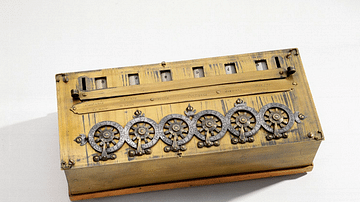
Image
Pascal's Calculator
A replica of the calculating machine made in 1642 by the French mathematician, scientist, and philosopher Blaise Pascal (1623-1662). Made of brass and 28 cm in length. (Science Museum, London)

Video
Fenrir: the GIANT Wolf Even Gods Feared - Norse Mythology Explained
Welcome to Mythology Explained. Today, we’re discussing Fenrir: the biggest, baddest wolf in all of Norse mythology. And there were many mighty wolves in Norse Mythology: there was Geri and Freki, Odin’s wolves; There was Skoll and Hati...

Image
Blaise Pascal
A c. 1690 oil-on-canvas portrait of Blaise Pascal (1623-1662), the French scientist, mathematician, and philosopher. (Palace of Versailles)

Image
Portrait of Blaise Pascal
An engraved portrait of the French mathematician, scientist, and philosopher Blaise Pascal (1623-1662). Engraved by Ambroise Tardieu (1788-1841). (Science Museum, London)
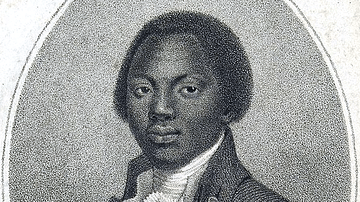
Article
Olaudah Equiano's Account of the Middle Passage
Olaudah Equiano (l. c. 1745-1797, also known as Gustavus Vassa) was an African of the Igbo village of Essaka, of the Kingdom of Benin (modern Nigeria), who was enslaved around the age of ten, bought his freedom around the age of 20, and became...
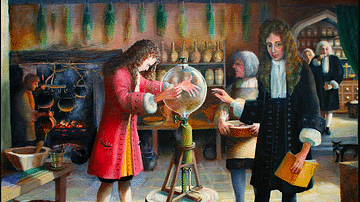
Definition
Scientific Method
The scientific method was first used during the Scientific Revolution (1500-1700). The method combined theoretical knowledge such as mathematics with practical experimentation using scientific instruments, results analysis and comparisons...
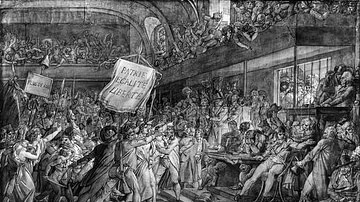
Image
Insurrectionists in the Assembly
Depiction of the Insurrectionists invading the Legislative Assembly following the Storming of the Tuileries Palace on 10 August 1792, to demand the overthrow of King Louis XVI of France during the French Revolution. Work by Francois Pascal...